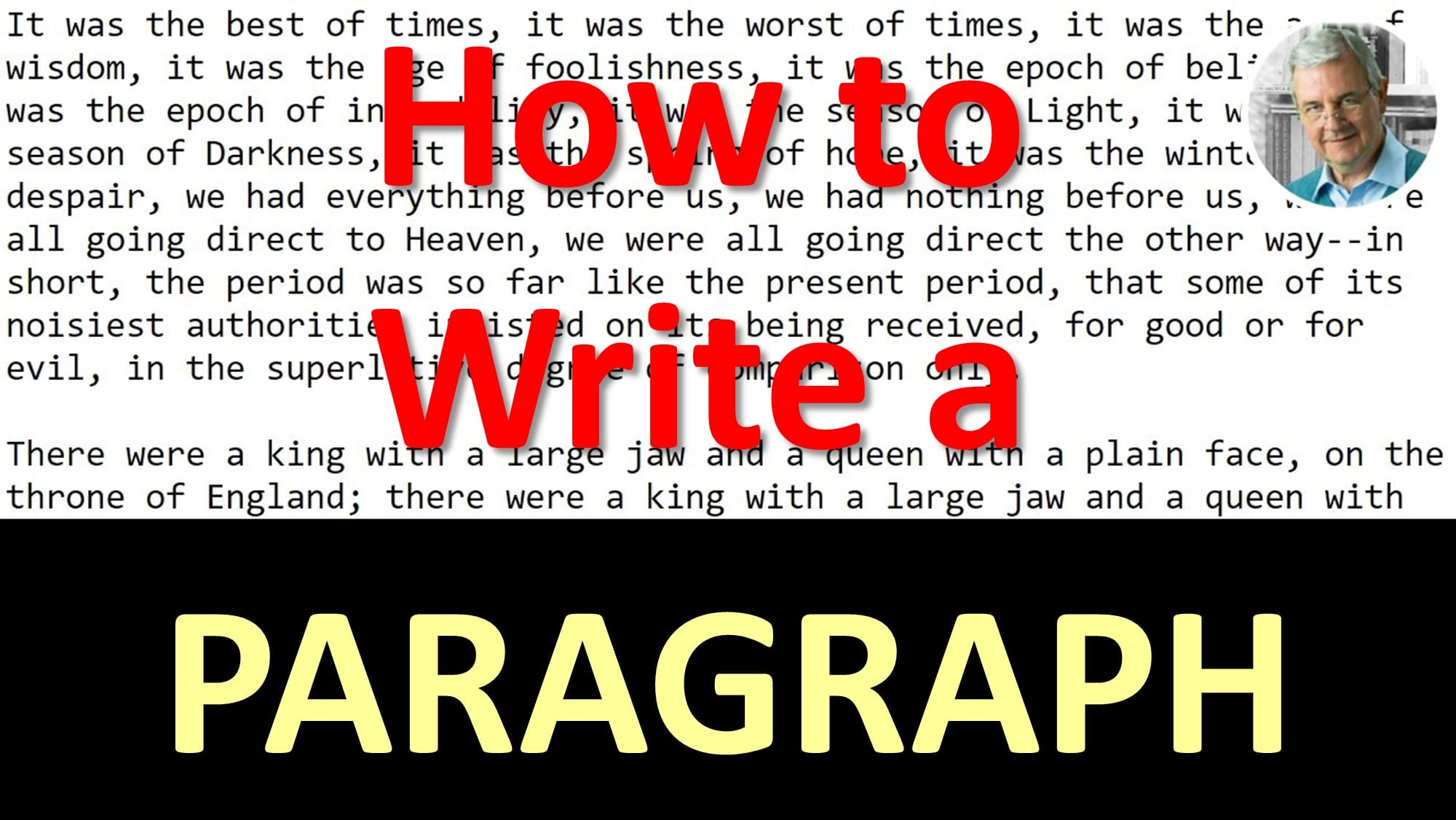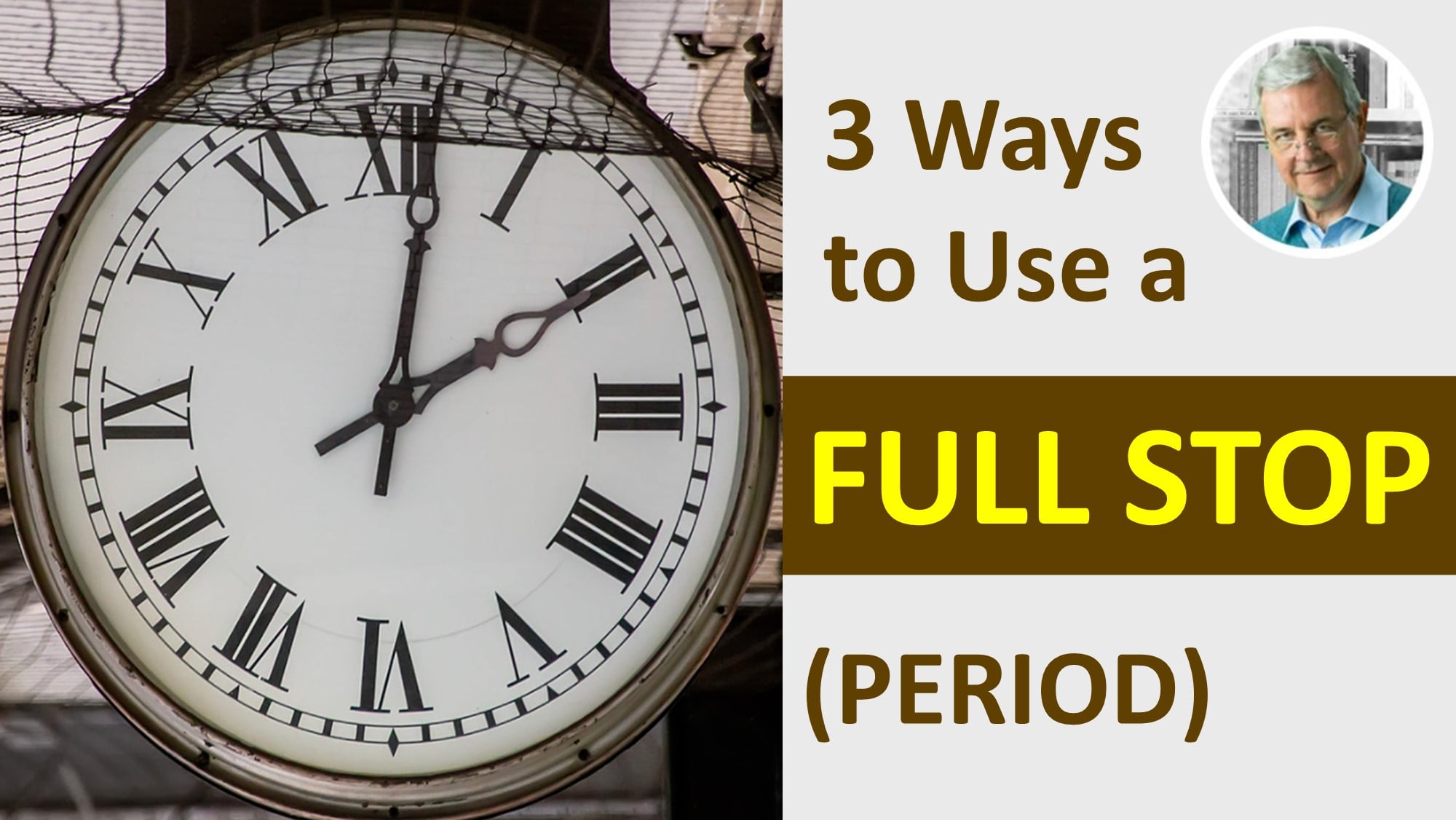When to Use QUOTATION MARKS
When to Use QUOTATION MARKS
This video simplifies grammar questions relating to the use of quotation marks (also referred to as quote marks or simply, quotes) by boiling it down to 2 main uses, plus 2 rules.
Illustrated examples are provided along with clipart images to make the meaning clear.
Improve your writing and make your written communication professional by learning how to use these punctuation marks correctly.
After seeing the video, look for opportunities today to use quote marks clearly in your writing.
Here is a transcript of the video: How and When to Use QUOTATION MARKS
Slide 2:
1. Use with direct quotes, that is, when quoting someone’s exact words (not paraphrased)
Slide 3:
If ever the temptation to lie arises, remember the words of Mark Twain: “If you tell the truth, you don’t have to remember anything.”
In other words, if you tell a lie, you need to remember it and who you spoke to, in order to maintain the story.
Note: The first paragraph uses quotes with direct speech. The second paragraph contains a paraphrase so no quotes are needed.
Slide 4:
2. To indicate a word is being used in a special way, or to show the speaker is distancing themselves from the word because they don’t agree with the idea.
Slide 5:
He came to work that day wearing an “eye-catching” tie!
Note: Putting the words eye-catching in quotation marks indicates the writer is using sarcasm and doesn’t like the tie.
If the words were spoken, the speaker might use a gesture with two fingers of each hand indicating quotation marks, called “air quotes” or “finger quotes”.
Note: Quote marks are used here for “air quotes” and “finger quotes” to set the words aside, to indicate they are being used in a special sense.
Slide 6:
Here are 2 simple rules to remember when using quotation marks:
- If there are opening quotation marks, there must always be closing quotation marks.
Slide 7:
Note: some font styles show the difference between opening and closing:
Other font styles use the same for opening and closing:
Slide 8:
2. Quotes within quotes. If a quote appears within a quote, use single quotation marks within double quotation marks.
Slide 9:
Lei said to his girlfriend, “I remember your mother’s words when she said: ‘Whatever you do, don’t get a job with that man!'”
Slide 10:
So to summarize, How do you use quotation marks?
- To indicate a direct quote.
- To indicate a word is being used in a special sense (such as sarcasm or irony) or to indicate the writer doesn’t agree with the thought.
What are the rules?
- Whenever quotes are opened, they must be closed.
- When a quote appears inside another quote, use single quotation marks within double quotation marks.
Slide 11:
Has this video helped you? Hit LIKE now!
Slide 12:
Continually IMPROVE YOUR ENGLISH by subscribing to this channel.
Hit the subscribe button . . .
Slide 13:
Click the bell icon and choose All to be notified when there are new videos!
Slide 14:
Build A Powerful English Vocabulary with my FREE course on Udemy!
Go to: http://goodenglish.online
If you are interested in when to use quotation marks, be sure to check another punctuation mark:
When to Use a COLON (With Illustrated Examples)
Image Credits:A
Slides 1, 3 – Mark Twain
Public Domain
https://commons.wikimedia.org/wiki/File:Mark-Twain-by-H-Walter-Barnett-c1900.png
Slide 5 – tie
Creative Commons
https://flic.kr/p/5EDEX3
Slide 9 – conversation
Creative Commons
https://flic.kr/p/zBFEj
Regarding the use of illustrations and photographs used in this video:
Public Domain
Public domain works are not restricted by copyright and do not require a license or fee to use. Public domain status allows the user unrestricted access and unlimited creativity. These are typically very old works.
Creative Commons Attribution Licence
Others are allowed to copy, distribute, display, and perform copyrighted work – and derivative works based upon it if they give credit to the creator or source.
https://creativecommons.org/licenses/by/4.0/legalcode




